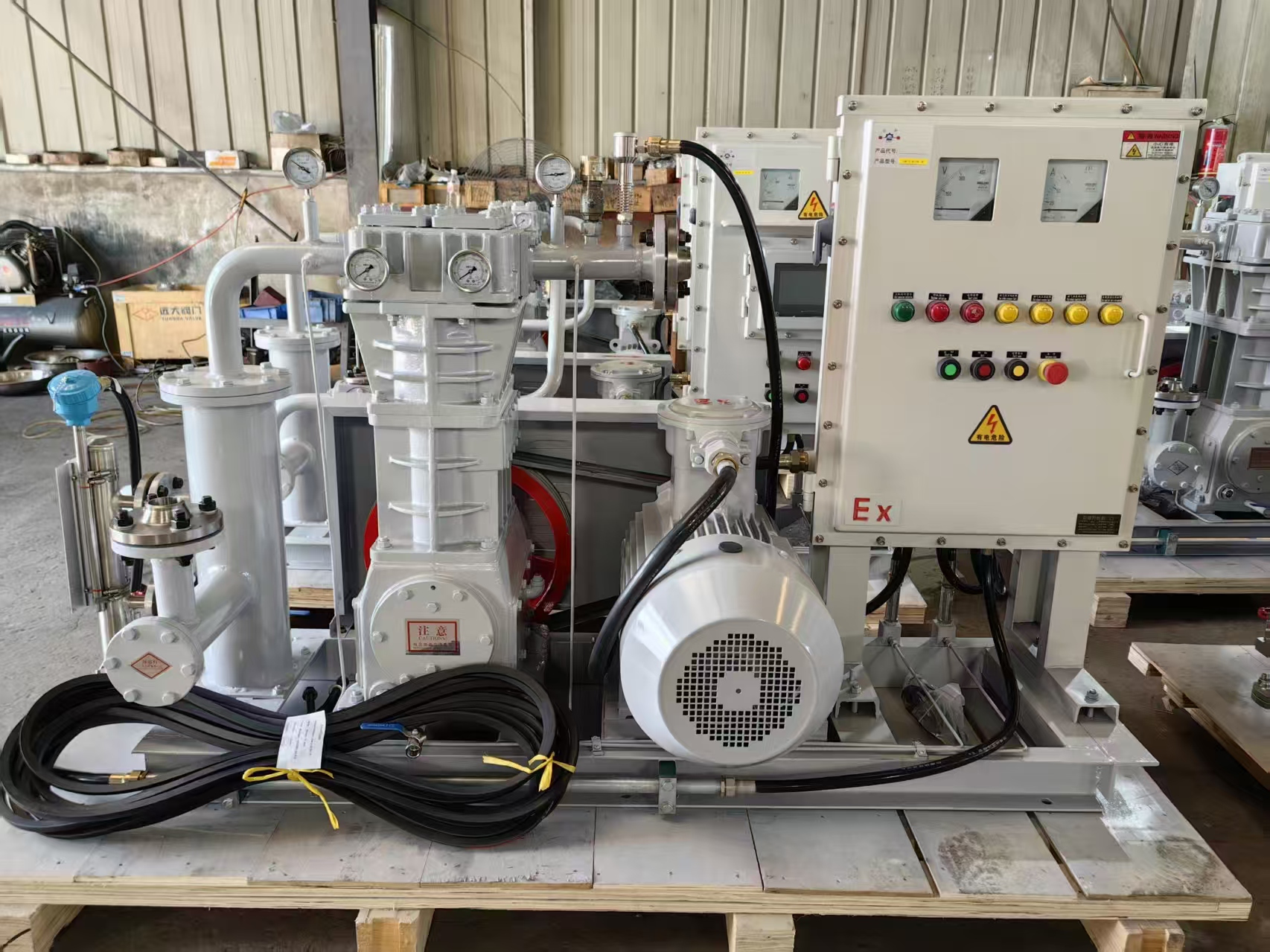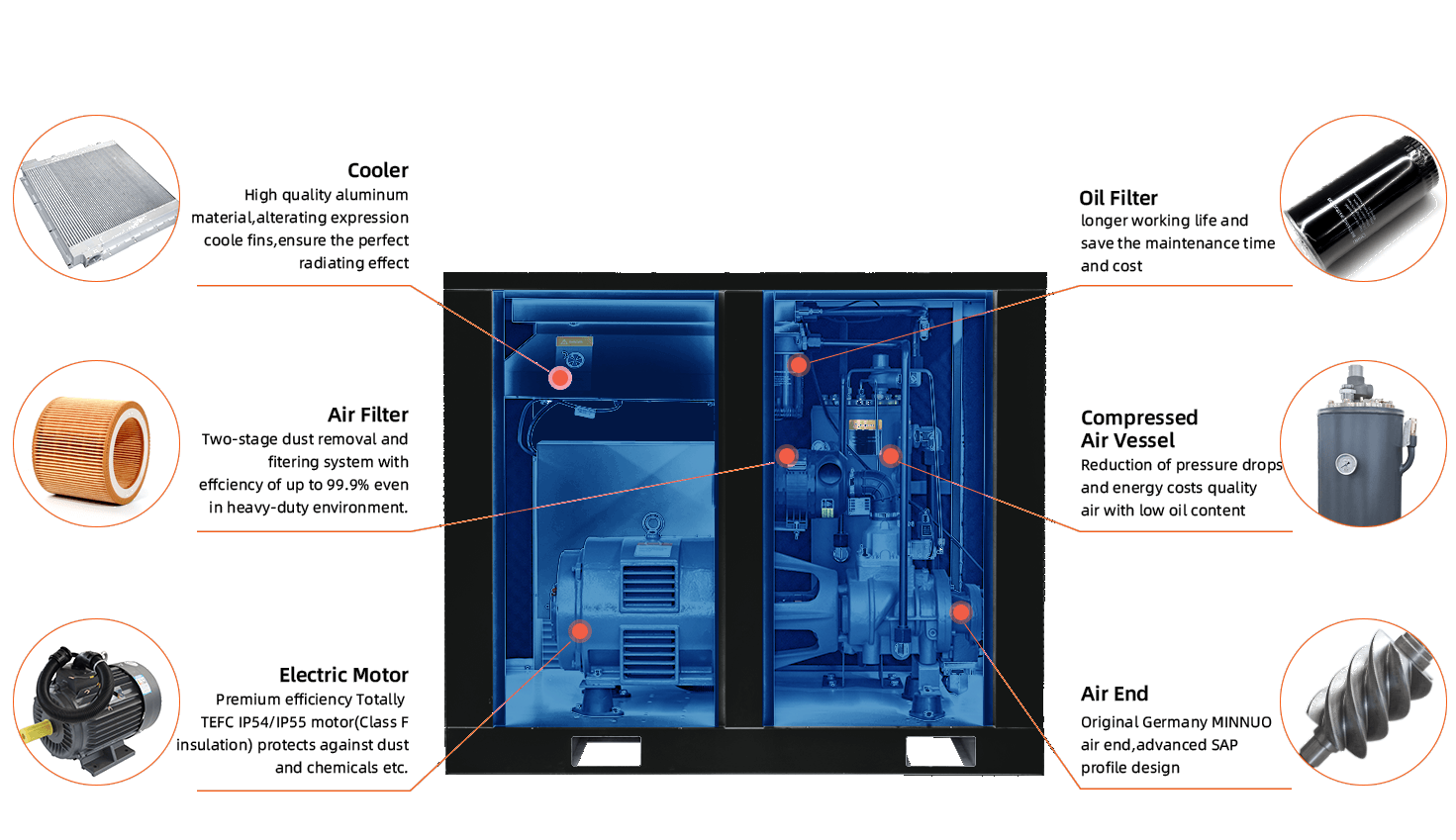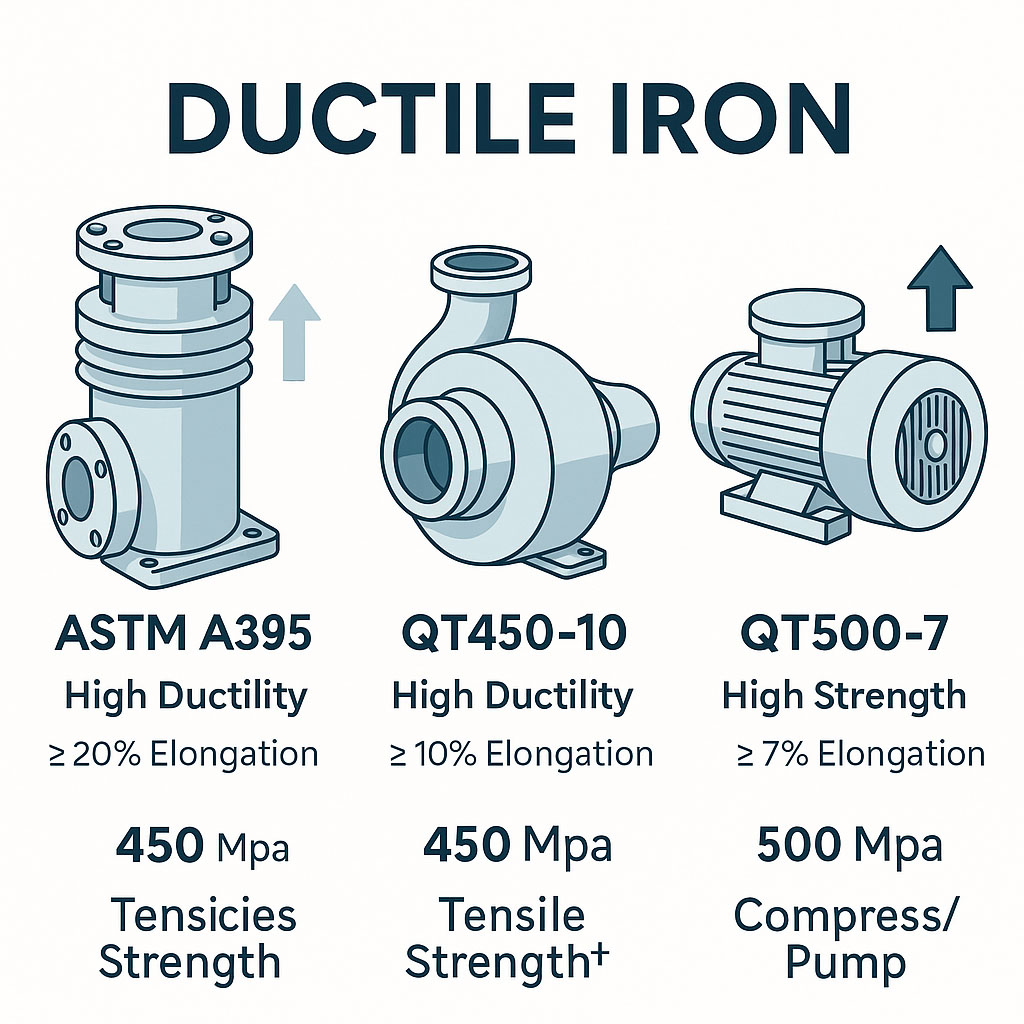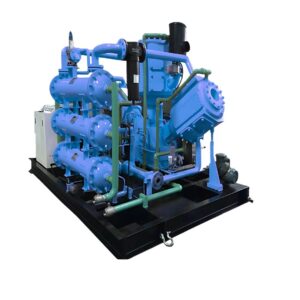Gas Tightness Testing for Critical Environments: What You Must Know
Industry-specific challenges and winning solutions from natural gas to clean rooms
In high-performance applications—from offshore platforms to PET bottle lines—leak-free valves and gas-tight components protect people, profits, and brand reputation. Because every sector faces unique risks, engineers must pair the right testing method with compatible materials. This 1,400-word guide explains how gas tightness testing applies to five demanding industries and shows why Keepwin Technology Hebei delivers proven, field-ready solutions.
1. Natural Gas Compression Systems
Use cases: transmission pipelines, underground storage, gas-fired power plants
Typical gas: CH₄, sometimes mixed with CO₂ or H₂S
Pressure range: 20 – 200 bar
Key Challenges
-
Methane remains odorless yet highly flammable; even tiny leaks threaten safety.
-
Sour gas blends corrode standard alloys.
-
Remote compressor stations demand “set-and-forget” reliability.
Proven Approach
Therefore, engineers perform a two-step leak plan. First, they run a kerosene seepage test to flag gross defects. Next, they simulate service by pressurising with dry nitrogen—safer than methane yet equally demanding. Material selection matters as much: 20Cr13 suits dry gas; 17-4PH balances strength and corrosion resistance; Inconel 625 endures H₂S and CO₂.
Keepwin Advantage
Keepwin machines reciprocating compressor valves in-house, holds ISO 9001 traceability, and applies optional nickel-based overlays. Consequently, operators cut downtime while boosting safety margins.
2. Marine & Offshore Applications
Use cases: shipboard nitrogen generation, FPSO process skids, seawater desalination
Gases: compressed air or nitrogen
Conditions: salt-spray corrosion, continuous vibration, wide temperature swings
Key Challenges
Salt crystals attack seals. Unmanned rigs need long intervals between services. Furthermore, certification bodies insist on documented leak integrity under simulated sea conditions.
Proven Approach
Engineers pressure-test assembled marine compressor valve blocks with dry air, then perform helium sniffing if ultra-low leakage is required. 316L and duplex stainless steels resist chloride attack, while duplex provides twice the yield strength—ideal for compact manifolds.
Keepwin Advantage
Keepwin cuts, grinds, and passivates parts from marine-grade stock. Additionally, we cycle each valve on a vibration rig before shipping, proving endurance in a salt-laden environment.
3. Medical & Food-Grade Air Compression
Use cases: hospital oxygen systems, surgical tools, food packaging lines
Gases: medical oxygen, ISO 8573-1 Class 0 compressed air, food-grade CO₂
Environment: clean-room or sterile zone
Key Challenges
Hygiene rules forbid oil carry-over, particles, or microbial growth. Regulators audit every step. Hence, zero leakage is more than a goal—it is a legal requirement.
Proven Approach
Teams start with a kerosene leak test. They also add a bubble test to catch pinholes. Afterwards, components undergo oxygen-compatible degreasing, HEPA-filtered drying, and vacuum sealing. 316L or electropolished stainless prevents bacterial adhesion.
Keepwin Advantage
Our medical air compressor valves run on dedicated oil-free lines. We track each heat number, supply FDA certificates on request, and pack parts in ISO-class clean bags. Thus, maintenance crews install with confidence and speed.
4. PET Bottle Blowing Compressors
Use case: high-speed beverage bottling (30 – 40 bar burst cycles)
Gas: ultra-dry, oil-free compressed air
Operating style: extreme duty cycles; millions of pressure pulses per day
Key Challenges
Line stoppage costs brands thousands per minute. Bottles must form perfectly, so air purity and pressure stability matter. Seals see repetitive stress, which accelerates wear.
Proven Approach
Manufacturers run a combined air-pressure cycling test plus kerosene seepage check. Hardened 20Cr13 seats or nitrided PET bottle blowing compressor valve plates combat erosion. Short blow-and-suck cycles validate dynamic sealing.
Keepwin Advantage
Keepwin supplies high-hardness, low-inertia valve sets that stay tight under rapid cycling. In addition, we certify 100 % air-seal compliance for every batch—no sampling, no excuses.
5. Electronics, Semiconductors & Clean-Room Applications
Use cases: wafer fabs, gas cabinets, precision purge systems
Gases: ultra-pure nitrogen, helium, argon
Requirements: particle-free, moisture-free, and leak-tight down to 10⁻⁹ mbar·L/s
Key Challenges
Microscopic contaminants kill multi-million-dollar batches. Even sub-micron leakage allows ambient air to spoil process gas. Because fabs run nonstop, valves must hold integrity through thousands of thermal cycles.
Proven Approach
Engineers choose helium mass-spectrometry as the gold-standard test, sometimes under vacuum, sometimes under pressure. Welded 316L or Hastelloy manifolds with BA or EP finishes minimise surface roughness and trap fewer particles.
Keepwin Advantage
Keepwin turns BA-finished billet, orbital-welds end-caps, helium-tests every joint, then double-bags the component in a Class 100 clean-room. As a result, semiconductor clients cut incoming inspections and speed tool start-ups.
Why Keepwin Delivers Leak-Free Performance
-
Multi-material expertise: 20Cr13, 17-4PH, 316L, Inconel 625, duplex, PTFE-lined options
-
Comprehensive leak testing: kerosene, air, nitrogen, helium mass spectrometry
-
ISO 9001 traceability: bar-stock to final dispatch, every step recorded
-
Clean-room services: degreasing, oxygen cleaning, vacuum packaging, CoC issued
-
Responsive lead times: fast-track lanes for urgent shutdowns, small-batch friendly
-
End-to-end manufacturing: CNC, grinding, nitriding, heat treatment, and final assembly under one roof
Because we control each stage, you receive valves that seal first time—every time.
Final Takeaway
Each industry imposes distinct demands on valves and seals. Yet one thread links them all: precise gas tightness testing matched with the proper material keeps operations safe, clean, and profitable. Keepwin pairs proven methods with 20-plus years of machining excellence, ensuring that you never gamble with leaks or delays.
Ready to eliminate uncertainty? Reach out, share your drawings, and watch us turn challenges into certified, leak-free reality.
Contact Keepwin Technology Hebei Co., Ltd.
Email: keepwin@keep-win.com | Web: www.keep-win.com
Phone: +86 139 1068 4359 | LinkedIn: @KeepwinTechnology











